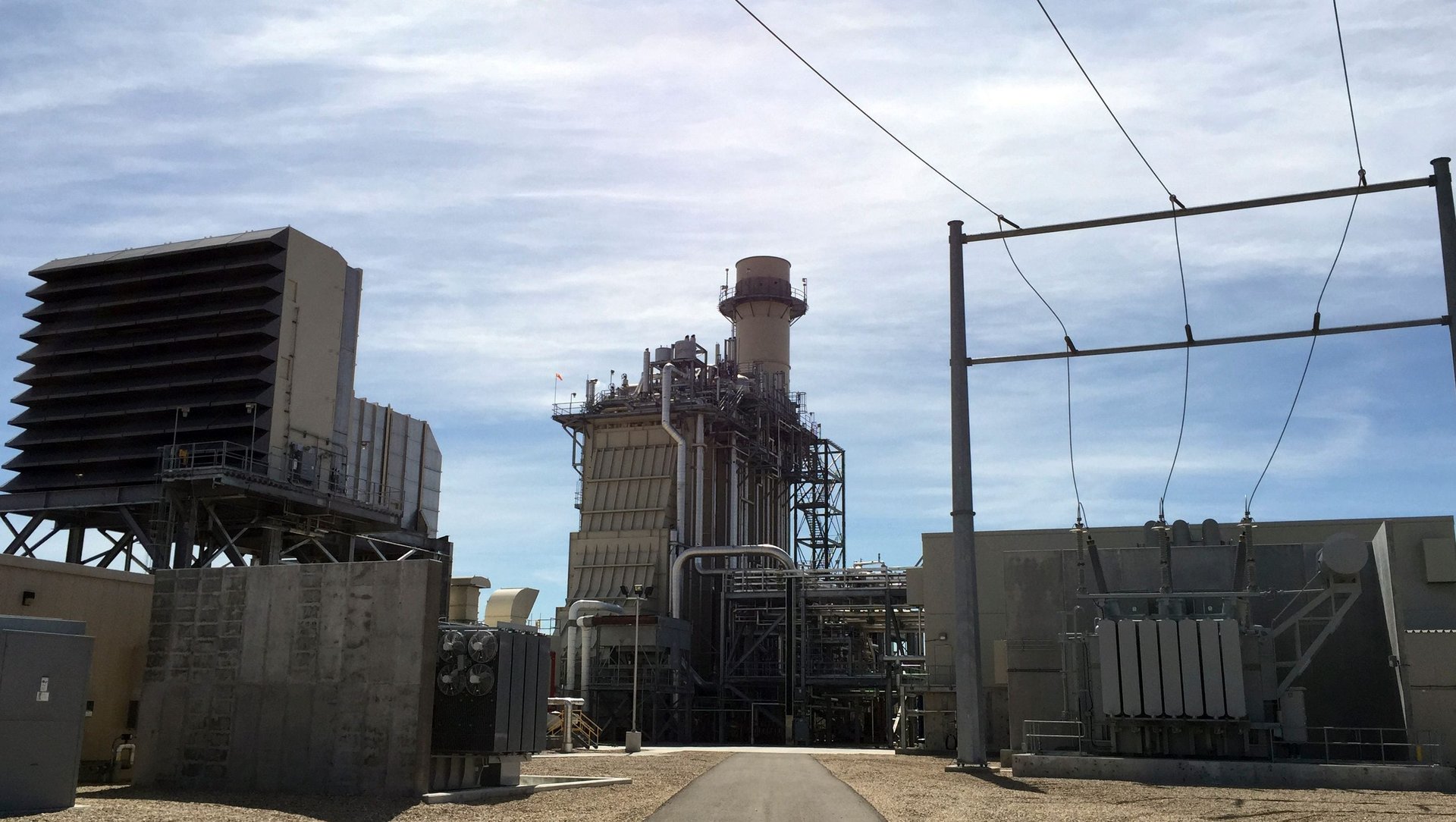Virtual power plants are now powering electrical grids without fuel
Utilities around the world began installing batteries in the mid-1980s (pdf). They didn’t amount to much. At best, these lead-acid batteries could supply a brief burst of energy before conventional power plants had to take over. No longer. Now, cheap, lithium-ion batteries paired with powerful software that can connect far-flung energy resources are giving birth to emissions-free “virtual power plants” (VPP) that are affordable and reliable enough to replace traditional, polluting energy sources.


Utilities around the world began installing batteries in the mid-1980s (pdf). They didn’t amount to much. At best, these lead-acid batteries could supply a brief burst of energy before conventional power plants had to take over. No longer. Now, cheap, lithium-ion batteries paired with powerful software that can connect far-flung energy resources are giving birth to emissions-free “virtual power plants” (VPP) that are affordable and reliable enough to replace traditional, polluting energy sources.
VPPs don’t burn fuel. They’re not located in a single place. In some ways, they don’t even really create new energy. Instead, they’re a network of energy resources—typically batteries as well as “demand-response” assets, which are businesses willing to curtail energy use as needed—that work in concert. Grid operators can tapVPPs to balance electricity supply and demand on a moment’s notice, essentially playing the same grid-balancing role as a power plant might play.
One of the latest VPPs is a 32 megawatt (MW) project built on an old coal mine in Belgium. The energy-technology company REstore has linked an 18 MW Tesla battery system installed there to a network of commercial and industrial customers that agreed to curtail energy use on demand, and/or grants the network access to their own private batteries.
REstore says its algorithms can coordinate this complex mix of distributed energy sources, instantly balancing everything from residential water heaters to heavy factory equipment. That flexibility means utilities can use them for a wider range of applications than standalone batteries. That makes for a significant economic difference: energy providers can generate 150% more revenue from networked batteries than from standalone ones.
The economics should concern purveyors of natural-gas “peaker” plants, argues Kate McGinnis of Fluence, a joint energy-storage venture between Siemens and the AES Corporation. Peaker plants are designed to generate and distribute electricity during short periods of peak demand but are inefficient because many operate for just a few days per year. Utilities would much rather run plants at full capacity, or not at all.
Meanwhile, over the last nine years, battery systems designed to supply peak load have dropped in price by 90%, making the cost competitive for many applications around the world. That’s prompted states like Arizona, California, and Massachusetts to propose new “clean peak” standards that would require utilities building new capacity to include some minimum amount from clean energy sources such as battery storage.
Fluence says it already has 180 MW of battery peak power contracted. It’s building what it says is the largest contracted energy-storage system in the world, a 100 MW 4-hour battery system—enough to power 65,000 homes—for Southern California Edison later this year. The Southern California system isn’t a VPP, but the reality is that batteries are getting so good that in some places, they’re economically viable even on their own.
Tesla and other companies are now building and taking orders for similar battery solutions, and we should expect even more on the way. In February, the US Federal Energy Regulatory Commission gave its blessing for energy storage to start competing with power plants on wholesale electricity markets. That means companies can now dispatch huge batteries, and VPP systems, to balance the grid, moderate electric prices, and supply ancillary services like voltage control in a market that comprises about 75% of the US’s total electricity supply. Today’s $300 million market for energy storage could grow to more than $2 billion within two years, predicts Morgan Stanley.
Correction: A previous version of this post stated the incorrect number of homes Fluence’s largest project is able to power: it’s 65,000 homes.